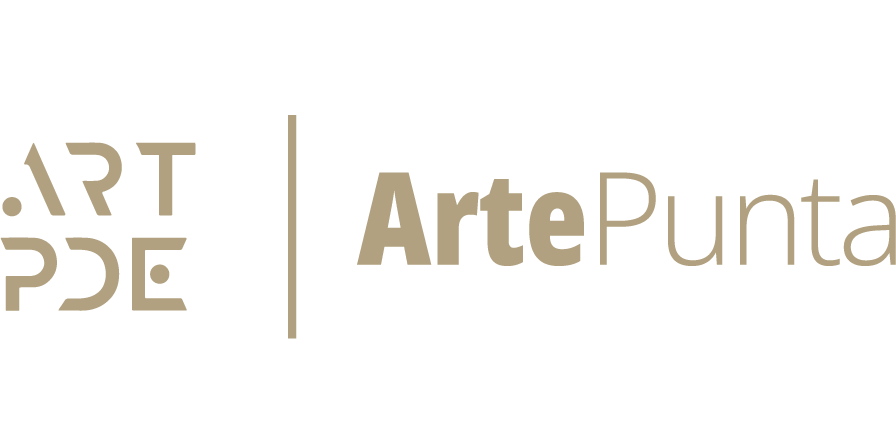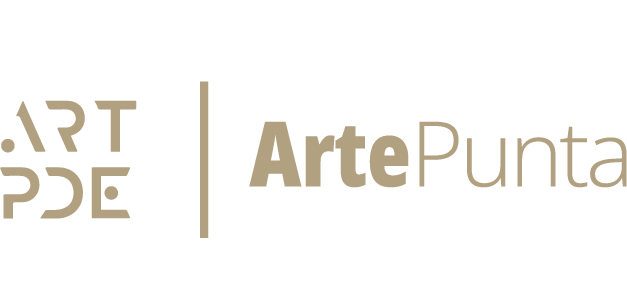París siempre es una buena idea
Paris Is Always a Good Idea, and American It Girls Knew That Even a Century Ago The National Portrait Gallery’s newest exhibition explores how a move to Paris launched a lasting legacy for more than 60 culturally influential American women of the early 20th century.
 Marcelo Rozemblum
Marcelo Rozemblum
Link al artículo: París siempre es una buena idea
Paris is a very special place. It was also a place where women from the United States could go and be free to express themselves…a place that made it possible,” said Robyn Asleson, curator of the National Portrait Gallery’s newest exhibition, “Brilliant Exiles: American Women in Paris, 1900–1939.” Opening April 26, the show features paintings, drawings, sculptures, and photographs of more than 60 culturally influential American women, including Josephine Baker, Zelda Fitzgerald, Gertrude Stein, and Thérèse Bonney, who fled to Paris during a time when gender coding sought to stifle women in the United States; their newfound freedom overseas ignited a world of opportunities.
For Asleson, the inspiration for the exhibit dates back to the #MeToo movement in 2017. “Some of the earlier women in the exhibition coped with very similar situations…so I was interested in doing an exhibition about women who tried to make it in a man’s world earlier in history. Did we have precedents? I thought of Paris,” she said of developing the premise. “And then we had everything happening after George Floyd’s death, a racial reckoning. And more recently, we’ve had all this discussion of book banning…and we’ve had a lot of pushback lately on LGBTQ [issues].”
As she started drawing parallels to the plights faced by American women of the early 20th century—like Lois Mailou Jones’s struggle to be taken seriously as an artist in light of racial discrimination; Sylvia Beach’s fight to champion literature deemed obscene; and Natalie Barney’s yearning to lead an authentic life as a queer woman—Asleson realized how this time period stateside bore an uncanny resemblance to present-day America. “The more I worked on it, the more I thought, Wow, this story is really relevant today. These issues are still in the news and we’re still grappling with them,” she said.
This idea inspired her to delve into a variety of archives, including Vanity Fair’s, and an incredible history emerged—one of an eclectic group of American women drawn to Paris and threaded together by a fervor to grasp something bigger. Through portraiture spanning mediums—less a creative liberty and more a desire for true representation across socioeconomic class—by a myriad of artists, ranging from Pablo Picasso to Tsuguharu Foujita, the exhibition paints a picture of a vibrant and nuanced network of women keen to engage in the pursuit of the modernist culture Paris so valued.
Though the women were diverse in personality, practice, and social status, core to all of their identities was their Americanness in Paris, a place that existed as an “anti-America,” Asleson said, where their homeland’s societal norms around gender, race, and sexuality did not confine them. In Paris, their positioning as American women gave way to a voice unafforded to women otherwise.
“They were all very conscious of being American…. They always referred to themselves as American. And in a way, being American gave them some advantages. They were exceptions to the rule,” Aselson said. “They didn’t have to behave the same way French women were expected to behave, and American women always had this image in Europe as being very free and sporty and direct.”
Paris allowed these women the creative freedom to experiment with expression through fashion, art, literature, music, publishing, journalism, theater, and dance. In turn, their American identity gave way to a level of authority in Paris that cemented them as influencers nearly a century before social media would make the term ubiquitous.
As they largely informed the culture we know today, they also laid the foundation for the ways women could navigate the modern world and engage with it creatively. And with a lasting legacy that astounding, one can’t help but wonder, as Asleson did: “What if there hadn’t been a Paris?”
Below, preview a selection of works from the exhibition, on view at the National Portrait Gallery through February 23, 2025:



